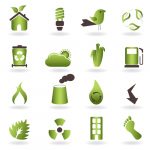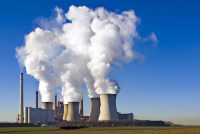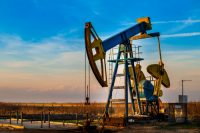Curbing GHGs with Cap–and–Trade —How It Works
Curbing GHGs with Cap–and–Trade —How It Works The Regional Greenhouse Gas Initiative (RGGI or “Reggie”) was first discussed in 2003 by the governors of nine states as a possible way to lower CO2 emissions from electric power plants on a regional scale. In late 2005, seven states – Connecticut, Delaware, Maine, New Hampshire, New Jersey, […]










